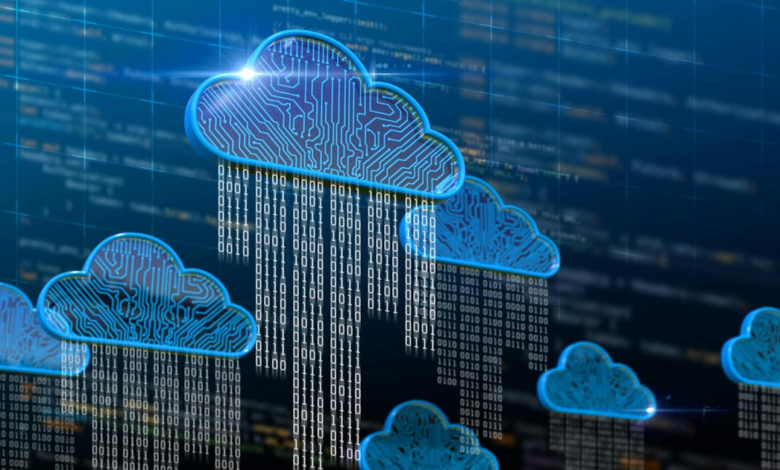AI, Machine Learning and Cloud-based of Everything

place. Data is gathered, curated, and formatted, much like architects conceptualize and draft blueprints for a building. The appropriate AI model and configuration selection mirrors the choice of architectural style and materials, carefully considering factors such as scalability, compatibility and efficiency.
Once the training phase is complete, AI models move into the inferencing stage, analogous to the construction phase of a project. The meticulously crafted plans come to life as the model is deployed to make real-world predictions. Choosing between edge and cloud deployment options is akin to deciding whether to build on-site or prefabricate elements off-site, each offering advantages and challenges. Just as construction teams work collaboratively to ensure smooth execution, AI developers and engineers collaborate to deploy and manage models effectively, ensuring they operate seamlessly in diverse environments.
Real-time annotations serve as dynamic adjustments during the inferencing phase, similar to on-site modifications made during construction to accommodate unforeseen challenges or changes in requirements. These annotations enhance the adaptability and responsiveness of AI models, enabling them to deliver timely and accurate insights. By leveraging tools like run.ai, organizations can streamline the deployment and management of AI infrastructure, much like construction firms utilize technology to optimize project workflows and resource allocation. Through this holistic approach, organizations can orchestrate a synchronized ensemble of AI capabilities, fortifying security measures and effectively addressing evolving challenges in the cybersecurity landscape.
The versatility of modern AI extends across various security, safety, and operational domains, including cybersecurity. AI’s ability to ingest and analyze vast volumes of data transcends processing power limitations, enabling the correlation of events and identification of patterns that inform strategic decision-making. From operational technology to critical infrastructure, AI streamlines processes within the modern “Kill Chain,” automating detection, definition, quarantine, and elimination of threats.
The AI Conundrum
The proliferation of AI in cybersecurity presents opportunities and challenges, especially in the face of increasingly sophisticated nation-state attacks. This heightened threat landscape underscores the crucial role of trust in safeguarding data integrity and ensuring the resilience of critical systems. However, concerns persist regarding the integrity of data libraries and the potential implications of flawed datasets on cybersecurity operations.
Despite these challenges, the integration of AI into security ecosystems heralds a paradigm shift, embedding distributed intelligence within IT, operational technology (OT), physical security (PS), and industrial IoT (IIoT) environments. As organizations embrace converged and automated infrastructure, the seamless integration of AI, deep learning, and machine learning becomes essential. This holistic approach enhances threat detection and vulnerability management and optimizes risk mitigation strategies aligned with business imperatives.
Yuri Sernande further emphasizes, “The evolution from predictive to real-time prescriptive analytics marks a significant advancement in security operations.” Real-time prescriptive analytics offer actionable recommendations at the moment, enabling organizations to respond swiftly to emerging threats. This transition from reactive to preemptive analytics represents a transformative shift in the security landscape, empowering organizations to protect critical assets proactively.
Integrating AI, machine learning, and cloud-based solutions is not just a futuristic concept; it’s a present-day reality reshaping security practice. These technologies are currently deployed and are becoming the new standard to mitigate false positives, ensuring more accurate threat detection and response cycle times. However, this is just the beginning.
Continuous improvement of AI training models is essential, necessitating the development of new distributed intelligent networks capable of adapting to evolving threats in real time. Alongside technological advancements, robust governance and strategic planning are imperative to harness the full potential of these innovations. By embracing these principles and fostering a culture of innovation, organizations can stay ahead of emerging threats and safeguard our critical infrastructure.
SecurityDNA podcast note: Hear our author Pierre Bourgeix discuss the technology shifts in his recent podcast with host, Security Group Editorial Director Steve Lasky.



